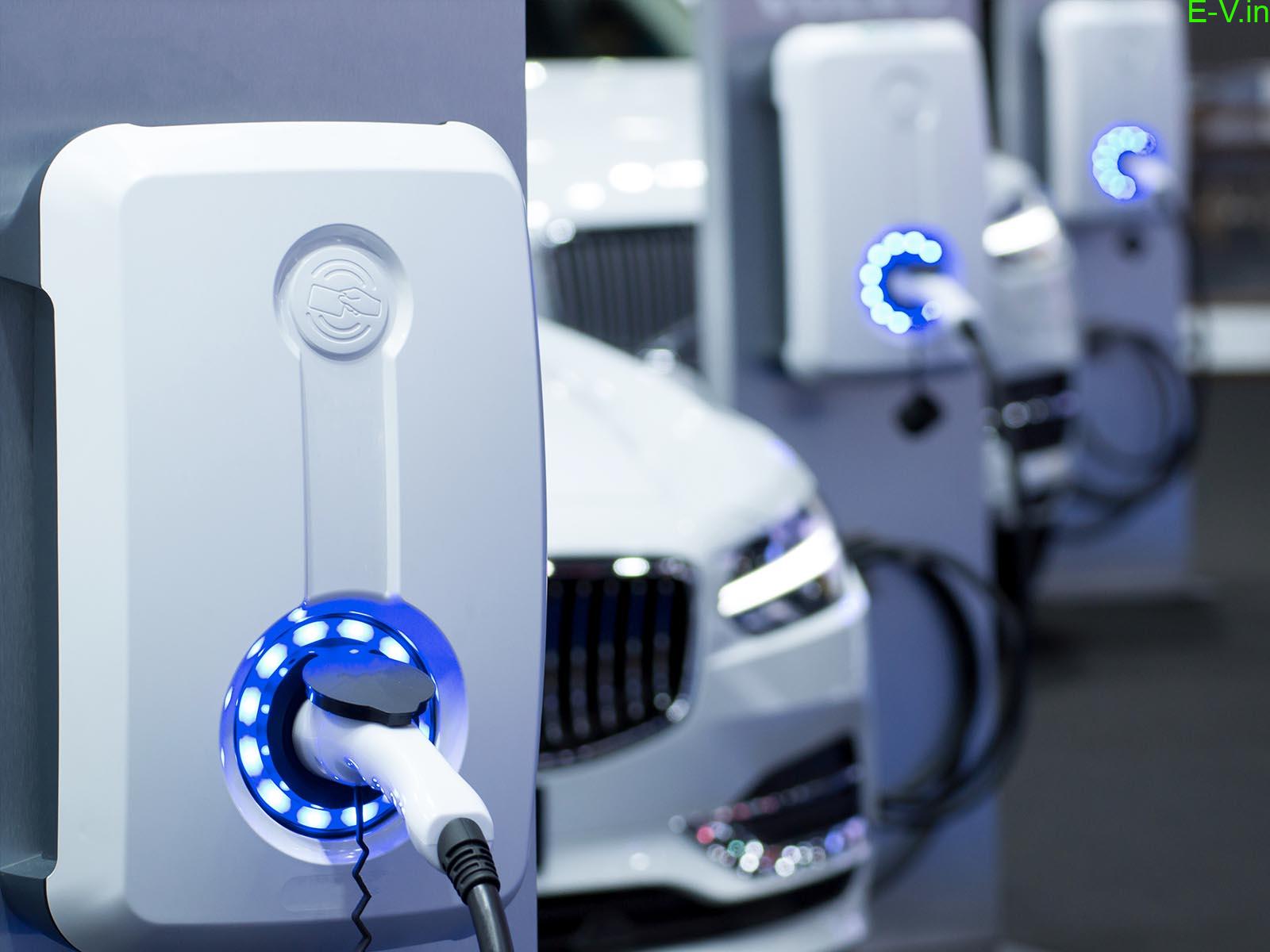
Electric vehicles growth opportunities post COVID19
Electric vehicles segment in India has gained momentum in recent years and is growing slowly and steadily. Due to ongoing coronavirus pandemic and the lockdown was an eye-opener for all of us to take care and think about our planet’s health. The COVID19 has become worst than the poverty in India but however many of us came to know that the electric vehicles are the future and this is the right time to adopt them. As currently we are much focused on global climate change and electric vehicles are among one of the solutions to the problem. Let us now look at Electric vehicles growth opportunities post COVID19 in India.
Electric vehicles growth opportunities
For the betterment of our nation’s future, electric vehicles can play a significant role to improve the quality of air, reduce the pollution levels, climate change, economy and many such things. This pandemic has made people understand the vehicular emissions which create scope for the exponential growth of the EVs industry in India.
To make greener mobility revolution in India, the important decisions and investments must be made to facilitate it. There are many States government taking initiative for the growth of the EV industry by providing incentives for electric vehicles, charging infrastructure, etc.
However, the policies, incentives are insufficient for realising the full potential of the EV market. The sale of EVs remains low, especially when compared to the Internal Combustion Engine (ICE) vehicles.
EV sales in FY20 are 0.15 million in India
As per the recent industry data, the first eight months of FY20 (April 2019 to November 2019), EV sales were a mere 0.7 per cent of total passenger vehicle sales in the country. Which is lower than the global average of 2.7 per cent share of EV sales in total passenger vehicles sales which is also low due to the economic growth is slow. In FY20, the total passenger EV sales (including two-wheelers) were 0.15 million in India when compared to an annual sale of 2.1 million globally in 2019.
The electric vehicles in India are expected to lower the pollution levels, enhance energy security with improved balance-of-trade levels and meeting the global climate change goals. C02 emissions can be reduced by 37 per cent by increasing the use of electric vehicles. It will also help India to become independent without depending on the oil imports from other countries which lower the huge import bills.
India oil imports dependency 85 per cent
India’s dependence on oil imports is steep, at around 85 per cent as of FY19 while the last import bill (FY20) was at a staggering US$102 billion despite a crash in crude oil prices in the latter half of FY20.
Efforts to promote the growth of electric vehicles
Increase in the implementation of EVs adoption will help in achieving the global targets to make India less polluted and increase the cleaner sources of energy and transportation including Nationally Determined Contributions (NDCs) under the United Nations Framework Convention on Climate Change.
National Electric Mobility Mission Plan
A clear policy must be provided to facilitate the higher and faster rate of adoption of EVs in the country. As the government had launched some policy initiatives such as National Electric Mobility Mission Plan (NEMPP) 2020, launched in 2013 by the Department of Heavy Industry (DHI) as a roadmap for the faster manufacture and adoption of EVs in the country.
Under this plan, the Government of India aims to reach sales of six to seven million hybrid vehicles and EVs by 2020. The total sales up to March 2020 are approximately 400,000 excluding the three-wheeler EVs (e-rickshaws). As it is dominated for unorganised sector sales and estimated to be at 1.5 million and catering to a population of almost 60 million users every day. At present, India’s e-mobility segment is driven by e-rickshaws which provides affordable and eco-friendly last-mile commutes.
To promote the manufacture of electric and hybrid vehicle technology, the Faster Adoption and Manufacturing of (Hybrid &) Electric Vehicles in India (FAME India) Scheme was notified in April 2015, as part of the NEMMP 2020.
60% budget is utilised from FAME II
On 1st April 2019, the Phase-II of the FAME Scheme was launched to be implemented for 3 years until March 31 March 2022 with the budget of INR 100 billion of which 60% is utilised. Thus, the outlay for FAME-II is almost 19 times more than the fund utilisation of FAME-I.
The incentives under FAME II are applicable for EVs with a certain maximum price and minimum top-speed requirements, because of it 90% of electric two-wheelers are lost the subsidy. It has impacted the sales of the EVs particularly the two-wheelers, as the two-wheelers with advanced lithium-ion battery are double in price when compared to the lead-acid battery, which is excluded from FAME-II.
FAME II stringent conditions for incentives
The two-wheeler segment in India is the leading one than the three-wheelers or four-wheelers. Since the incentives by the government are limited the adoption of EVs will be slow. In certain levels, FAME II has failed due to the stringent conditions. The government must address this issue and more consistent policy approach is required for an ecosystem in the country.
Supports demand incentives
At present, the government support comes mostly in the form of “demand incentives,” with minimal efforts towards improving the infrastructure. As the EV sector is still in its growing stage the policy support is required to encourage EVs through an ecosystem of research, manufacturing, storage and charging infrastructure, along with disincentivising use of conventional fuel vehicles.
Since we are witnessing the COVID-19 outbreak, the government may remove it from the priority list or may slow down the growth process as the economy will slowly improve and the e-mobility should be the government’s priority. In fact, the government can focus on the EV sector as part of its recovery stimulus to bring the economy to the normal level.
key reasons for the slow growth of EVs
So far, the key reasons for the slow growth of EVs are the affordability due to the higher upfront pricing, range anxiety, and lack of charging stations. To solve these problems there is an only solution is the increase in manufacturing activities. Sufficient amount of support must be provided for innovation in manufacturing, conversion kits, and end-of-life vehicle management for EVs.
Know the Top 8 reasons for the slow growth of EVs
Requires fiscal & non-fiscal incentives
This requires both fiscal and non-fiscal incentives and a strong focus on innovative startups. The industry still imports the batteries which are almost 50 per cent of the cost of an EV. The import dependency must be reduced and must be done in a phased manner.
Govt must invest in battery-recycling & EV retrofitting
To push for increased manufacturing in India, along with the ongoing efforts for battery manufacturing, such as through the National Mission on Transformative Mobility and Storage, the government must invest in battery-recycling or end-of-life (EOL) management and EV retrofitting.
COVID-19 an opportunity for personal mobility
The COVID-19 has made people fear to travel in public transport and there is a huge opportunity for personal mobility. In this case, the short-term incentives or higher subsidies to be given to increase the use of EV two-wheelers and four-wheelers. This will help to curb the pollution levels from the country and also pushes the demand and supply for EVs in the long run, eventually creating a price parity between EVs and ICE vehicles.
Job opportunities & creation of new jobs
During this lockdown, many informal workers lose their jobs and income, such workers can be given an opportunity by the government to engage in learning skills that are relevant to the EV ecosystem. This will not only create job opportunities but also helps in the growth of EV adoption.
If these points are kept in mind and implemented, surely there will be a change in the growth patterns.
(Source-ORF)
If you are an EV manufacturer or EV Dealer or EV Supporter who want to share news related to electric vehicles on our website, please send an email to crm@electricvehicles.in
For the latest electric vehicles news, follow electricvehicles.in on Twitter, Instagram,Facebook and subscribe to our YouTube Channels English, Hindi, Telugu and Kannada







